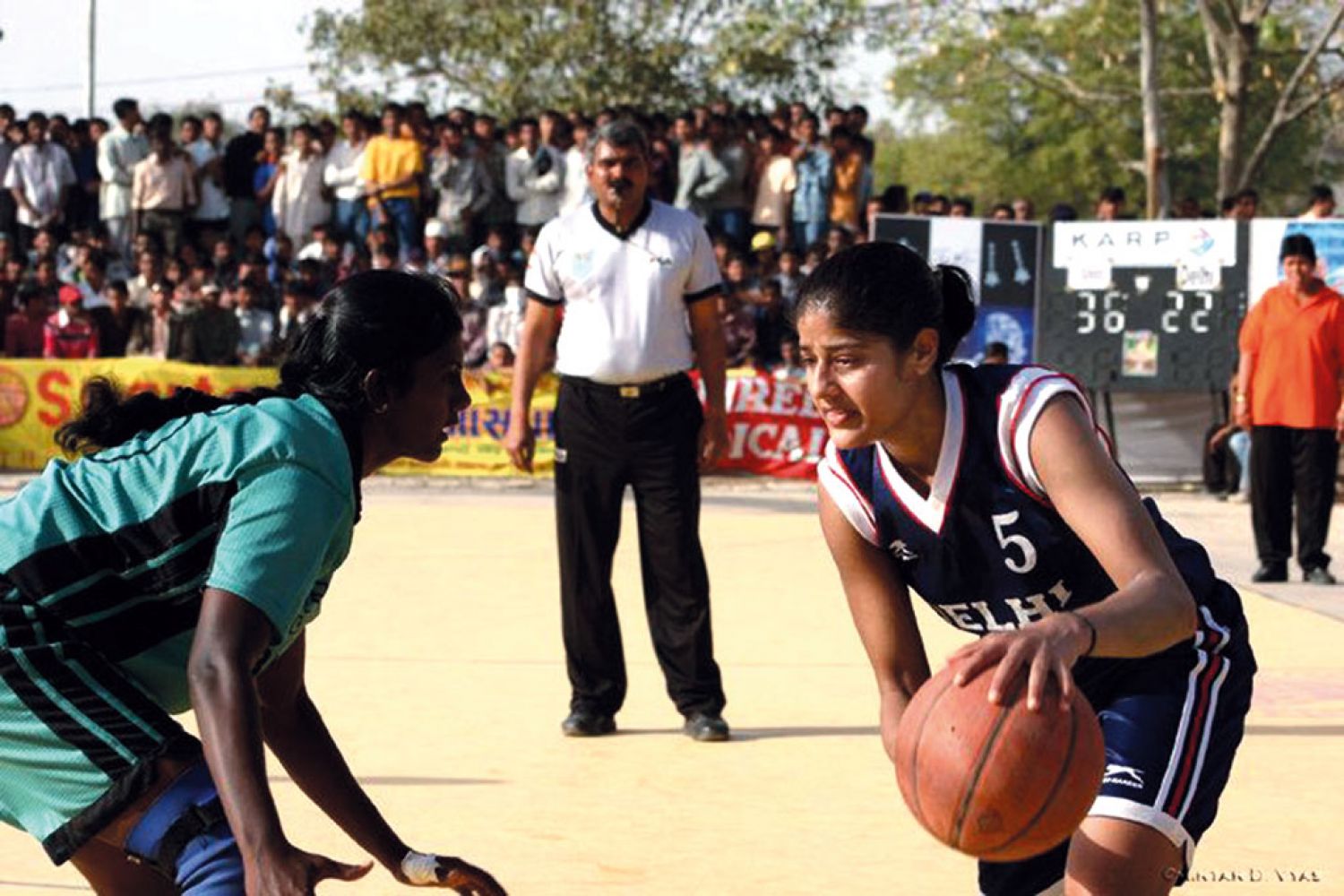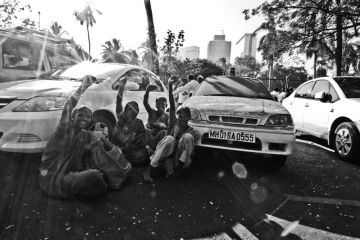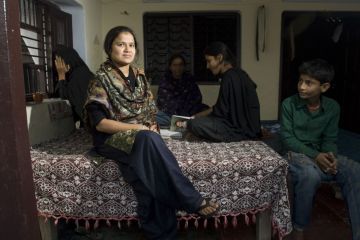
Hoops of hope
Fifteen-year-old Shiba Maggon had just joined the Sports
Authority of India (SAI) hostel in Chandigarh when news of her elder sister’s
death reached her. On September 18, 1991, 20-year-old Shelly was travelling
with five others when their car lurched out of control and fell into the river
Nangal, which crosses their hometown of Karnal in Haryana. At the time of her
death, Shelly was a member of the Indian korfball and netball teams. Being six
feet tall, she was





